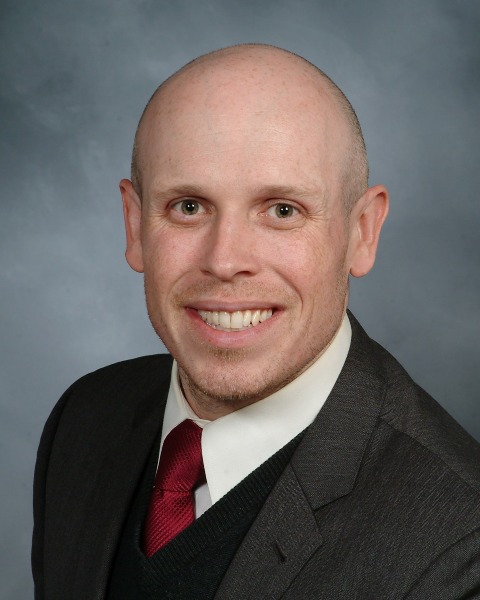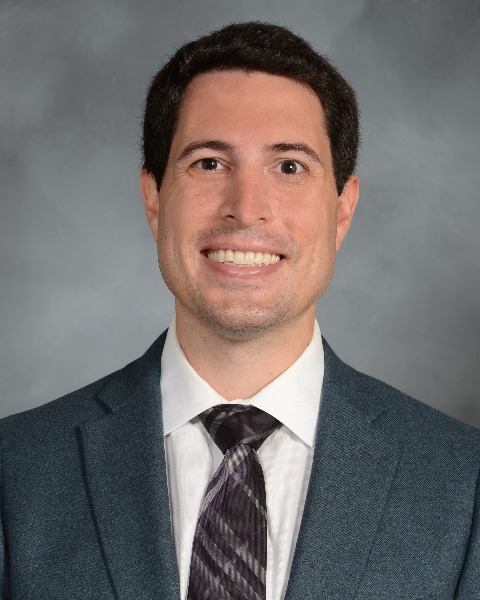Nonvascular Interventions
Safety and Efficacy of Percutaneous Cholangioscopy-Assisted Rigid ShockPulse Lithotripsy for Inoperable Calculous Cholecystitis: A Multi-Instuitional Prospective Review

Neil K. Jain, DO (he/him/his)
Integrated Interventional Radiology Resident
Medstar Georgetown University HospitalDisclosure information not submitted.
- JD
Juhi Deolankar, MD
Integrated Interventional Radiology Resident
NewYork-Presbyterian Hospital/Columbia - JS
Jonah N. Sens, BS
Medical Student
Georgetown University School of Medicine - DM
Daniel Marchalik, MD
Attending
MedStar Washington Hospital Center .jpg)
Tim McClure, MD
Professor
Weill Cornell Medicine
William F. Browne, MD
Attending
Nyp/Weill Cornell Medicine
John B. Smirniotopoulos, MD, MS
Assistant Professor of Radiology
MedStar Georgetown University Hospital
Abstract Speaker(s)
Author/Co-author(s)
Materials and Methods: Multi-institutional Institutional Review Board (IRB) approved prospective review of patients who presented with acute calculous cholecystitis and were determined to be high-risk surgical candidates at two large academic intuitions. All patients underwent percutaneous cholecystostomy tube placement for relief of acute infection and later upsized to a large-bore sheath for shock pulse lithotripsy and stone destruction. Review parameters included procedural technical and clinical data, including details of clinical presentation, average hospital length of stay, and post-intervention symptom reduction.
Results:
Eleven patients (mean age 74.5yr, range 52-94yr; 5 male and 6 female) underwent large bore sheath (24 - 30 French) cholangioscopy assisted gallstone destruction via Rigid ShockPulse lithotripsy. The size of the gallstones ranged from 1.2–4.0 cm. All patients had prior cholecystostomy access for on average 36 weeks prior to gallstone extraction to ensure tract maturation via transhepatic and transperitoneal access. There was a 100% technical success rate in single-session stone removal with no major procedure-related complications. 100% were symptom and pain-free post-procedure. Mean procedure time was 122.3 minutes, and mean fluoroscopy time was 20.4 min. Median hospital stay was 1-day post-procedure. Range for percutaneous shock pulse lithotripsy to biliary tube removal time was 17 to 44 days.
Conclusion: Fluoroscopic-guided percutaneous Rigid ShockPulse lithotripsy is a safe and efficacious procedure for gallstone destruction and extraction in patients that are poor surgical candidates with large lumen-occupying cholelithiasis.

.png)
.png)
.png)
.png)
.png)
.jpg)
.jpg)
.png)
.jpg)